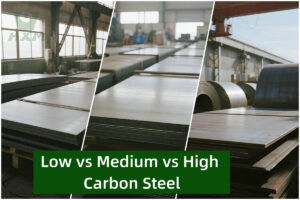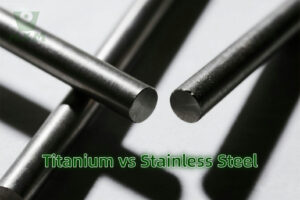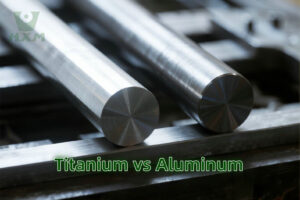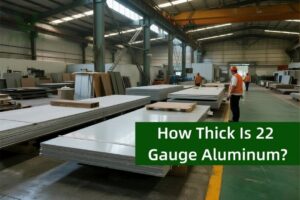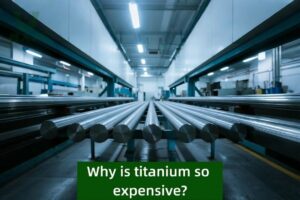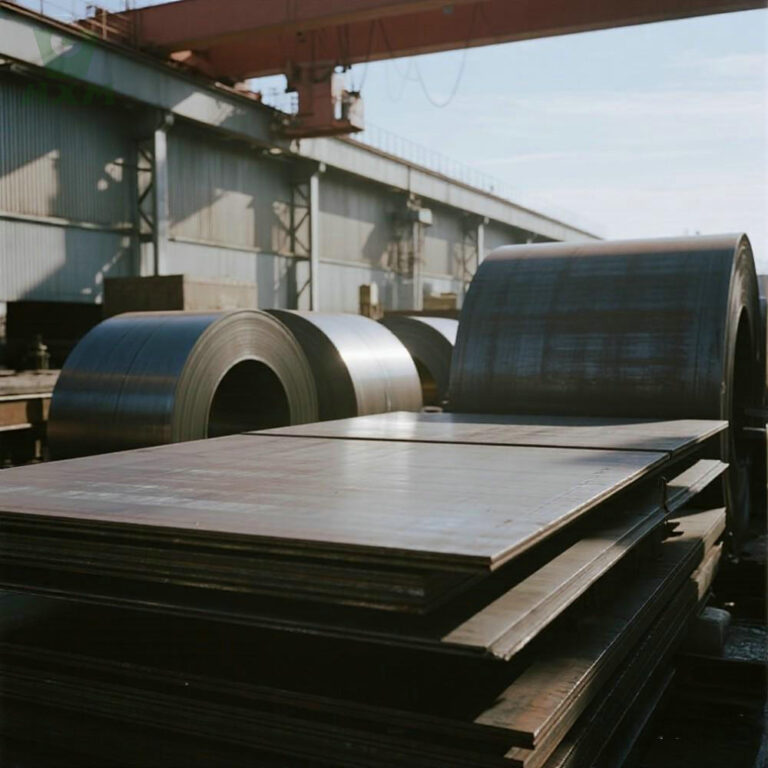
Low carbon steel, often called mild steel, is the backbone of modern industry. With a carbon content of just 0.05% to 0.25%, it provides a unique balance of strength, ductility, weldability, and cost efficiency. This combination makes it the most widely used steel category across construction, automotive, energy, and manufacturing.
At Huaxiao-Alloy, we supply all international grades of low carbon steel and offer advanced surface processing services such as galvanizing, cutting, and coating — ensuring our clients receive steel that is ready for direct application.
1. What is Low Carbon Steel?
Low carbon steel is characterized by:
Low carbon content → softer, more ductile, and easier to form than higher-carbon steels.
Excellent weldability → no preheating required in most cases.
Good machinability → suitable for fasteners, pipes, and structural components.
Magnetic properties → used in many engineering and electrical applications.
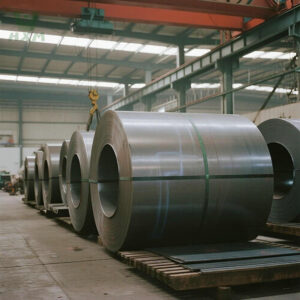
Huaxiao-Alloy is a trusted global supplier of high carbon steel in multiple grades and forms. Explore its physical & mechanical properties, benefits, applications, and standards.
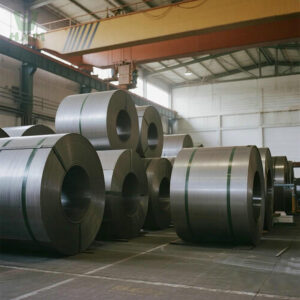
Huaxiao-Alloy supplies premium medium carbon steel in multiple grades, forms, and standards. Learn its mechanical properties, benefits, applications, and how it compares to other steels.
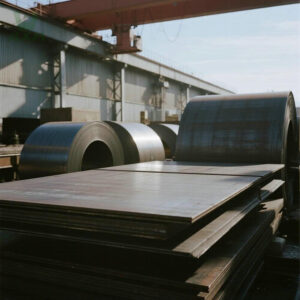
Huaxiao-Alloy supplies premium low carbon steel in multiple grades, forms, and standards. Discover its properties, advantages, applications, and why it’s a preferred choice for automotive, construction, and manufacturing.
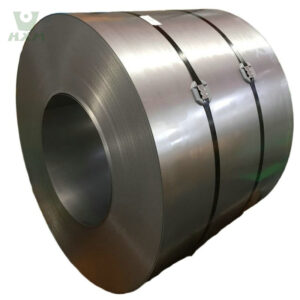
Interstitial Free Steel (IF Steel)
Huaxiao-Alloy is a trusted supplier of high-quality Interstitial Free Steel (IF) in various grades, forms, and standards. Discover its properties, advantages, applications, and why IF steel is a preferred choice in automotive, appliance, and deep-drawing industries.
2. Microstructure and Metallurgical Characteristics
The microstructure of low carbon steel is primarily ferrite with small amounts of pearlite.
Ferrite gives the material high ductility and formability.
Pearlite provides moderate strength without excessive brittleness.
Compared to medium and high carbon steels, the absence of large pearlite colonies makes low carbon steel less hard but more versatile for shaping and welding.
This explains why low carbon steel is the first choice for applications that require shaping, bending, deep drawing, or extensive welding.
3. Chemical Composition
Typical range (varies by grade):
Carbon (C): 0.05–0.25%
Manganese (Mn): 0.25–0.90%
Silicon (Si): 0.10–0.40%
Phosphorus (P): ≤0.04%
Sulfur (S): ≤0.05%
Iron (Fe): Balance
4. Mechanical Properties
Density: ~7.85 g/cm³
Tensile Strength: 370–550 MPa
Yield Strength: 200–350 MPa
Elongation: 20–30%
Hardness: 120–160 HB
Magnetic: Yes
5. Processing and Manufacturing Options
Hot Rolled vs. Cold Rolled Low Carbon Steel
Hot Rolled: Produced at high temperatures, rougher finish, excellent for structural applications.
Cold Rolled: Further processed at room temperature, smoother surface, tighter tolerances — ideal for automotive panels and appliances.
Welding & Forming
Welding: Excellent weldability without preheating.
Forming: Suitable for deep drawing, stamping, bending, and rolling.
Heat Treatment: Limited hardenability; mainly used for case hardening if surface wear resistance is required.
Surface Processing (Huaxiao-Alloy Capabilities)
Galvanizing (GI/GA)
Pickling & oiling
Polishing & brushing
Coating & painting
Precision cutting, slitting & shearing
6. Applications of Low Carbon Steel
Construction & Infrastructure – reinforcement bars, beams, welded frames, roofing.
Automotive & Transportation – body panels, chassis, mufflers, tanks.
Pipelines & Energy – oil, gas, and water pipelines with anti-corrosion coatings.
Machinery & Manufacturing – bolts, nuts, wire rods, machine components.
Household & Consumer Goods – appliances, furniture, cabinets, hardware.
Shipbuilding – non-critical structural components, containers, coated parts.
Industry Case Examples
Automotive: DC01 and SPCC grades are preferred for body panels due to deep-drawing ability.
Construction: Q235 is widely used in Asia for structural frames and bridges.
Pipeline Industry: ASTM A36 and similar grades are used for water and gas pipelines thanks to weldability.
7. Comparison: Low vs. Medium vs. High Carbon Steel
| Feature / Property | Low Carbon Steel (≤0.25% C) | Medium Carbon Steel (0.25–0.60% C) | High Carbon Steel (0.60–1.0% C) |
|---|---|---|---|
| Carbon Content | 0.05–0.25% | 0.25–0.60% | 0.60–1.0% |
| Strength | Moderate (370–550 MPa) | Higher than low carbon | Very high |
| Ductility & Toughness | Excellent | Moderate | Low |
| Weldability | Excellent | Fair | Poor |
| Machinability | Very good | Moderate | Difficult |
| Hardness | Low (120–160 HB) | Moderate (160–220 HB) | High (220–300+ HB) |
| Heat Treatment Response | Limited | Can be heat treated for strength | Strong response |
| Cost | Low | Medium | High |
| Applications | Construction, panels, pipelines | Machinery, axles, gears | Cutting tools, springs, wear parts |
8. International Grades We Supply
| Standard | Grades | Applications |
|---|---|---|
| ASTM/SAE | 1006, 1008, 1010, 1015, 1018, 1020 | Fasteners, automotive, wire rods, pipes |
| EN | C10, C15, C20, DC01, DC03, DC04 | Cold forming, stamping, coated products |
| JIS | S10C, S15C, SPCC, SPCD, SPCE | Automotive panels, appliances, precision forming |
| GB | Q195, Q215, Q235 | Construction, machinery, structural parts |
9. Sustainability and Recycling Benefits
Low carbon steel is also a sustainable choice:
High recyclability – steel can be reused multiple times without losing properties.
Lower carbon footprint than alloyed or stainless steels.
Energy-efficient production when recycled scrap is used.
This aligns with global ESG goals and makes low carbon steel the material of choice for environmentally conscious industries.
Yes, both terms are interchangeable.
Yes, but corrosion can be prevented by galvanizing, coating, or painting.
Yes, due to its ferritic structure.
It can undergo case hardening, but it does not through-harden like high carbon steel.
Sheets, coils, plates, bars, pipes, and strips.
Construction, automotive, pipelines, and general manufacturing.
Yes — including galvanizing, polishing, pickling, and precision cutting.
10. Why Choose Huaxiao-Alloy?
Comprehensive grade coverage: ASTM, EN, JIS, GB
ISO-certified quality control
Advanced processing options for surface finishing and sizing
Reliable global logistics to ensure timely delivery
Strong track record of supplying Europe, America, and Asia
With Huaxiao-Alloy, you don’t just source steel — you gain a long-term materials partner.
11. Conclusion
Low carbon steel remains one of the most indispensable materials in the modern world. Its strength, ductility, weldability, and affordability make it the first choice across industries.
At Huaxiao-Alloy, we deliver a complete portfolio of international grades, professional processing services, and global supply capability — making us a trusted partner for your low carbon steel needs.

